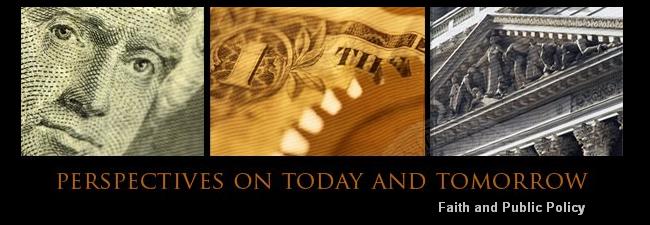“Non-performing loans in China have risen into the “trillions of renminbi” because of poor lending practices, an insolvency lawyer said.
“We work really closely with SASAC, the state-owned enterprise regulator in China, and there are literally trillions and trillions of renminbi of, frankly, defaulting loans already in China that no one is doing anything about,” Neil McDonald, a Hong Kong-based business restructuring and insolvency partner with Lovells LLP, said at an Asia-Pacific Loan Market Association conference yesterday. “At some point there’s going to be a reckoning for that.”
China’s government is tightening controls, including banks’ reserve ratios, to prevent record lending from fueling inflation. The Shanghai office of the China Banking Regulatory Commission warned yesterday that a 10 percent fall in property values would treble the number of delinquent loans in the city. ...
…
Over the past decade China’s government has spent more than $650 billion bailing out state banks after years of government- directed lending caused bad loans to balloon. The average non- performing loan ratio at Industrial & Commercial Bank of China Ltd., China Construction Bank Corp. and Bank of China Ltd. dropped to about 1.6 percent as of Sept. 30 from more than 20 percent before each bank was bailed out, according to earnings reports.
New loans last year helped ignite a Chinese real-estate boom, with prices in 70 cities rising at the fastest pace in 18 months in December.
Should property prices fall 10 percent in Shanghai, China’s second-most-expensive property market, the ratio of delinquent mortgages would almost triple for the city’s banks to 1.18 percent, according to the Shanghai branch of the CBRC yesterday, citing a stress test based on Sept. 30 figures. A 30 percent decline would cause the ratio to jump almost fivefold, the agency said.
Fitch Ratings said Dec. 17 that Chinese banks’ capital strength is probably more “strained” than it appears as lenders use more off-balance sheet transactions to make room for loans.”
Shelley Smith, “China Defaulting Loans Soar, Insolvency Lawyer Says”, Bloomberg News 5 (February 2010).
http://www.bloomberg.com/apps/news?pid=20601080&sid=aJhBD4AeX8WA
Shelley Smith is a Corporate Finance Reporter for Bloomberg News stationed in Hong Kong.
Current assessments of China’s economic growth this year point to an increase on the order of a 10 per cent increase in its GDP. This is a rebound from the approximately 9 per cent rise it recorded last year and more in line with its past performance. For the most part, China’s economic growth is based on the manufacturing of goods for export to foreign markets. The World Bank expects the demand for China’s exports to strengthen in coming months and domestic consumption and investment growth to be underpinned by continued stimulus from past policies, implying continued growth. While the Bank and other international agencies have mentioned recent moves to tighten credit in China, they do not point to a buildup of a economic troubles or a financial bubble, although of course these can occur out of the blue.
Nevertheless, concerns about Chinese banks seem to be growing. There is also an undercurrent of fear that environmental problems, social strife linked to unemployment, and fixed but irrational prices represent major problems to China of unknown and unknowable implications, all bad. Adding to these fears are reports that China has overbuilt capacity in such areas as steel, cement, and building material, far more than they can use domestically or could export, and this could set the stage for problems. The existence of newly built “empty cities” has also been widely reported, many newly constructed buildings stand empty or incomplete, and many factories have been shut. Unemployment is seen as a major and growing problem. There have also been many, many reports of shoddy products that represent a challenge to the economy. Given many reports of great gains matched by many reports of great problems, it is difficult to assess the true state of the Chinese economy.
On the financial side, the government prints trillions and trillions of renminbi and when the government says lend it, the banks lend it. The tide of lending, it is feared, is building to a “bubble” that could bring the Chinese economy down from the financial side. The Japanese Finance Minister, among others, has said his country is monitoring the situation and are concerned about signs of a bubble in the mainland’s economy. China’s past capital spending boom may be unsustainable and, indeed, may have resulted in many poor investment decisions. However, academics studying the Chinese economy seem less concerned, citing the strong control of the government over enterprises and a willingness to “hide” problems long enough to deal with them slowly and effectively. Note that if this is true academics have little idea of what is going on in the economy as the information stream available to them is corrupted.
If what is happening in the Chinese economy is confusing and contradictory so, too, it would seem are the people who monitor that economy.
China’s economy is either an economic miracle or an economic mirage. I don’t know which.



No comments:
Post a Comment